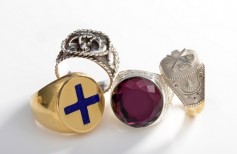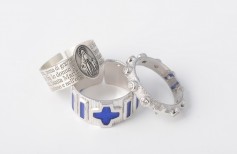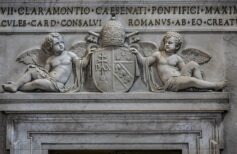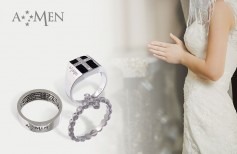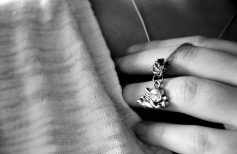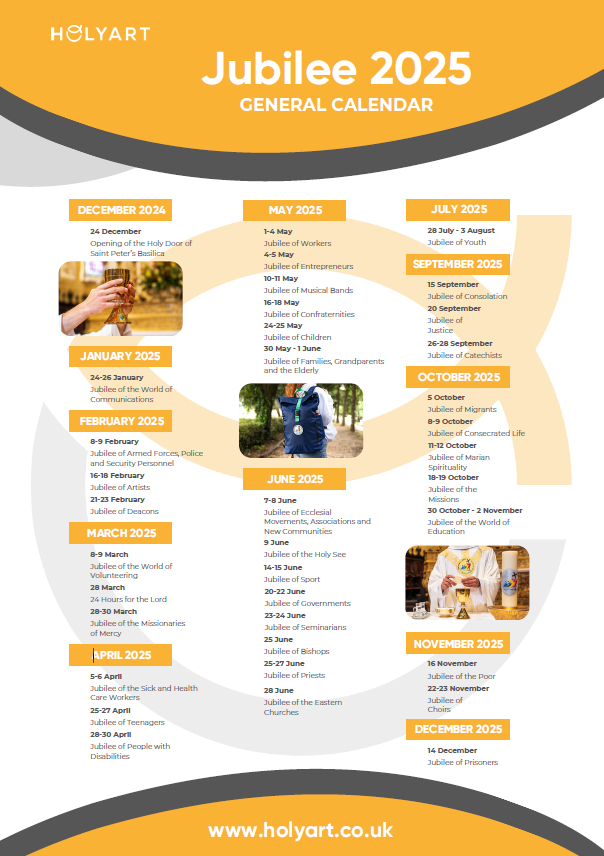The Fisherman’s ring is one of the oldest traditions related to the election of the pope. How is it made and what is it for?
Few objects related to the religion and rites of Catholicism express a symbolic value and a fullness of meaning and history as the Fisherman’s ring. This is because the very surface of the pope’s ring is engraved with the image of Saint Peter throwing fishing nets from the boat. The reference to the Gospel of Luke (5:1-11) arises immediately: on the shores of Lake Genesisaret, while he is intent on preaching the word of God, Jesus saw two boats moored and climbed on the one that belonged to a certain Simon, asking him to take to the sea and cast his nets. The fisherman complained that they had not caught anything all night, but he obeyed Jesus’ message and in a few moments the nets were filled with fish. To Simon’s astonishment, Jesus told him that from that moment on he would make him a fisher of men. So Simon, the future Saint Peter the Apostle, together with James and John, sons of Zebedee, pulled the boats to the ground, left everything and followed Him.
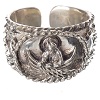
Although the first documentation regarding the Fisherman’s ring, as a seal for the pontiff’s private correspondence, dates back to 1265, in a letter written by Pope Clement IV to his nephew Pietro Grossi, that of the Fisherman’s ring is one of the oldest traditions related to the papal election. It is likely that as early as 1100 the new Pope received the fisherman’s ring at the time of ascension to the papal throne and wore it from that moment on to the ring finger of his right hand.
The papal ring is gold, with the pope’s name engraved along the edge of the effigy of the apostle Peter. During the solemn mass for the election of the pope, the cardinal camerlengo hands him over to the new pontiff. At the death of the pope, the same camerlengo destroys the Fisherman’s ring with a silver hammer in front of the other cardinals. The ring thus broken is preserved in the Vatican museums.

The tombs of the popes and all there is to know
Where are the tombs of the popes? Let’s find out where the popes have been buried for centuries and…
Uses of the ring in history
What is the Fisherman’s ring for? It’s not just a piece of jewellery or a sign, or at least it wasn’t in the past. The kiss of the ring was a widespread practice in secular environments, where kings and emperors demanded it as a sign of respect from vassals and subjects. It is presumed that this tradition also passed to the popes, considering how important their role in secular matters was in ancient times. Today, the Fisherman’s ring has an especially symbolic function, but in antiquity, it also had very specific and essential uses. The fact that it is destroyed at the death of the pope, for example, has an explanation that becomes immediately clear if we think that until 1842 the swimming ring was used by the pope as a seal for all his private correspondence and for minor documents of the Holy See, which however had been written by him or at least bore his signature (sub anulo piscatoris is a recurring formula in these documents and indicates precisely this practice). Unlike the most important and official documents that were sealed with molten lead (papal bubble), on the less important and more private documents the effigy of the Fisherman’s ring was imprinted on the hot wax. Destroying the ring after the pope’s death prevented anyone from appropriating it and using it improperly to legitimise later documents. Today the destruction of the ring indicates that the papal mandate is over and that the seat is vacant.

Saint Peter in the Vatican: Church symbol of the whole Christian world
Saint Peter in the Vatican is a basilica full of meanings, mysteries and…
Pope Francis’ Fisherman’s Ring
When on 19 March 2013 the then Dean of the College of Cardinals, Angelo Sodano, slipped the papal ring on Cardinal Bergoglio, thus elevating him to the papal throne as Pope Francis, he did not do so using a gold ring, but a silver one.

Anniversary of the election of Pope Francis
Pope Francis’ pacific revolution. On the fifth anniversary of his election, recently celebrated…
Already before Pope Francis, other popes had wanted to change this secular tradition: John Paul II, for example, did not want his ring to be destroyed but sent it to the Archbishop of Krakow to put it in the church of the Discalced Carmelites in his hometown, Wadowice. Even Benedict XVI, when he renounced the pontificate, did not have the ring destroyed, but only had it engraved with a chisel so that it was no longer usable, according to a practice called rigatura.
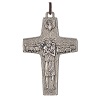
The choice of Pope Bergoglio was a very significant sign of rupture, which immediately clarified his position regarding traditions and his willingness to renew many purely symbolic aspects of the Church in favour of greater attention to the weak, the needy, and the poor.


